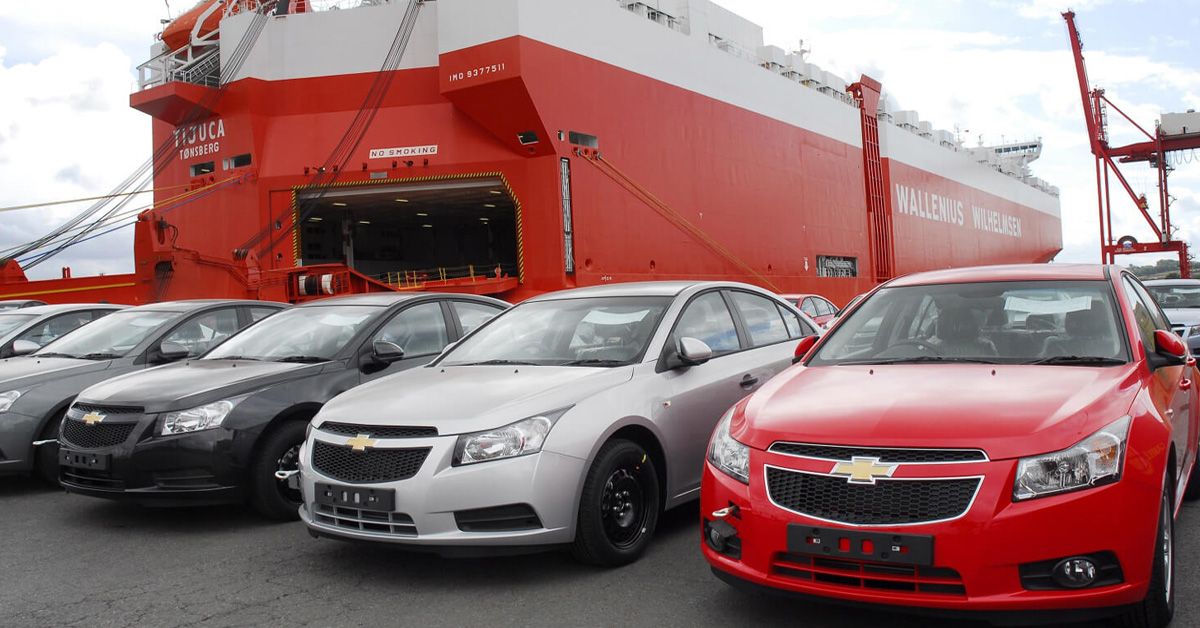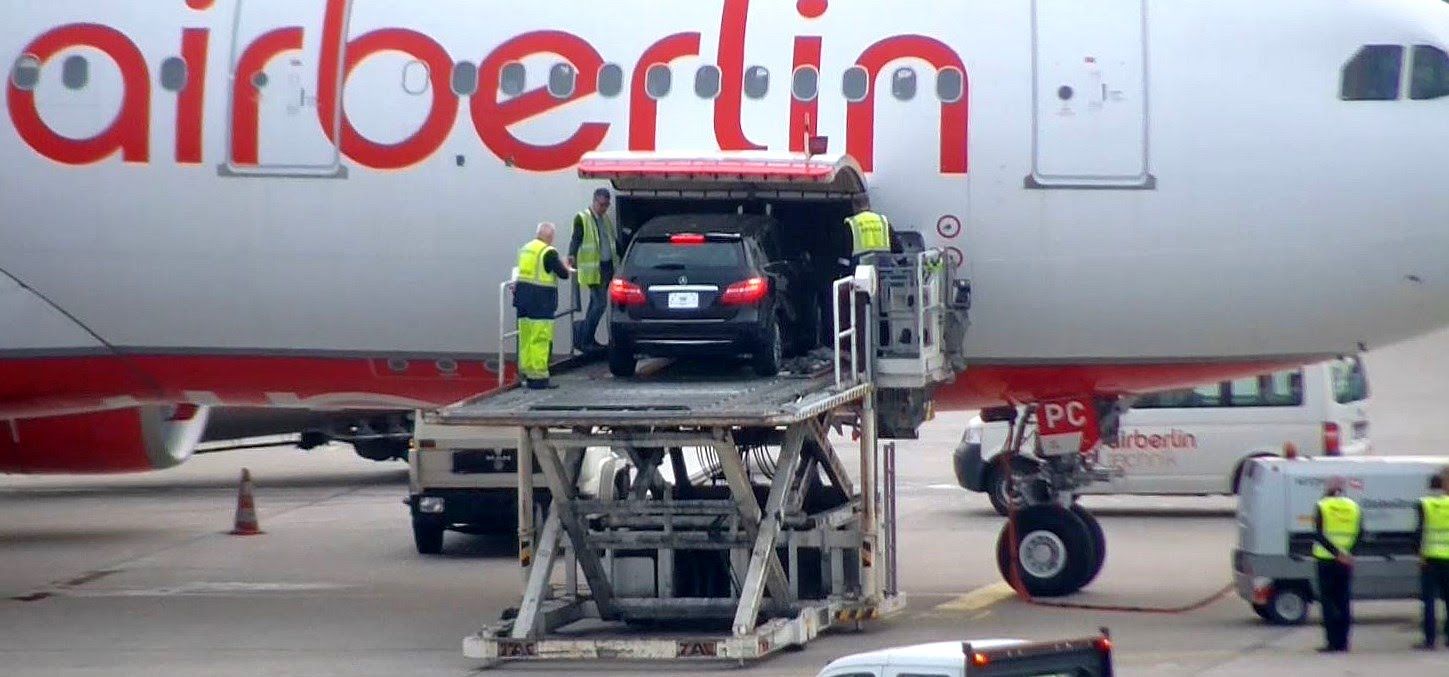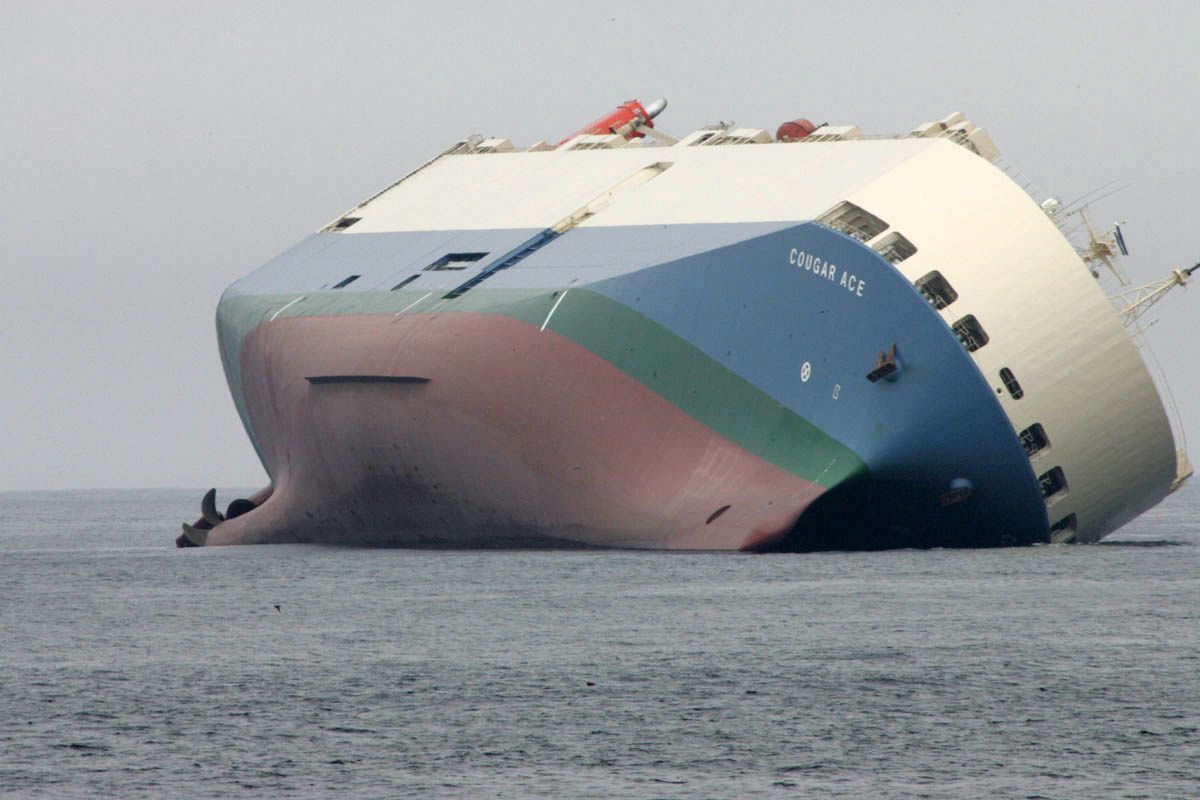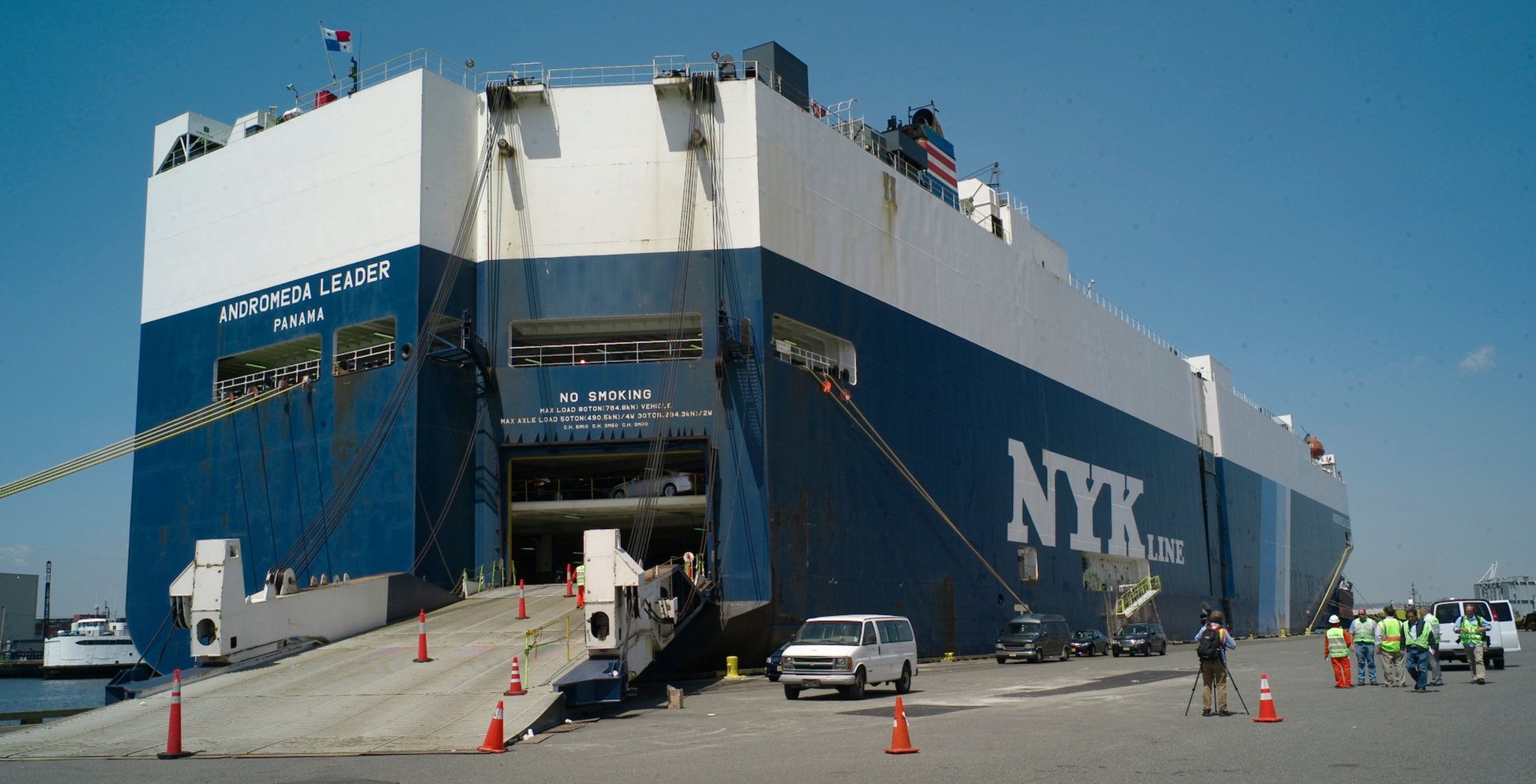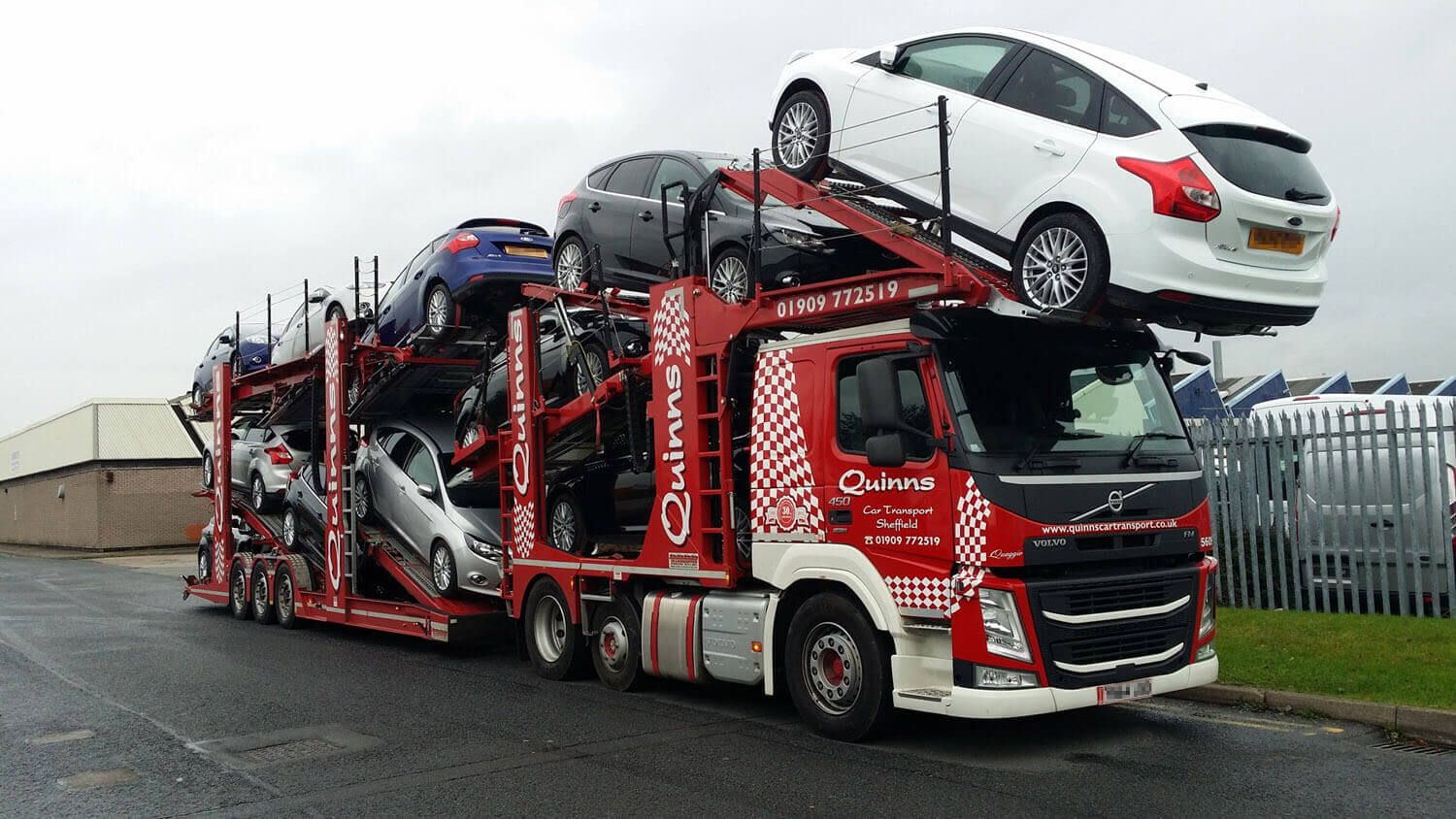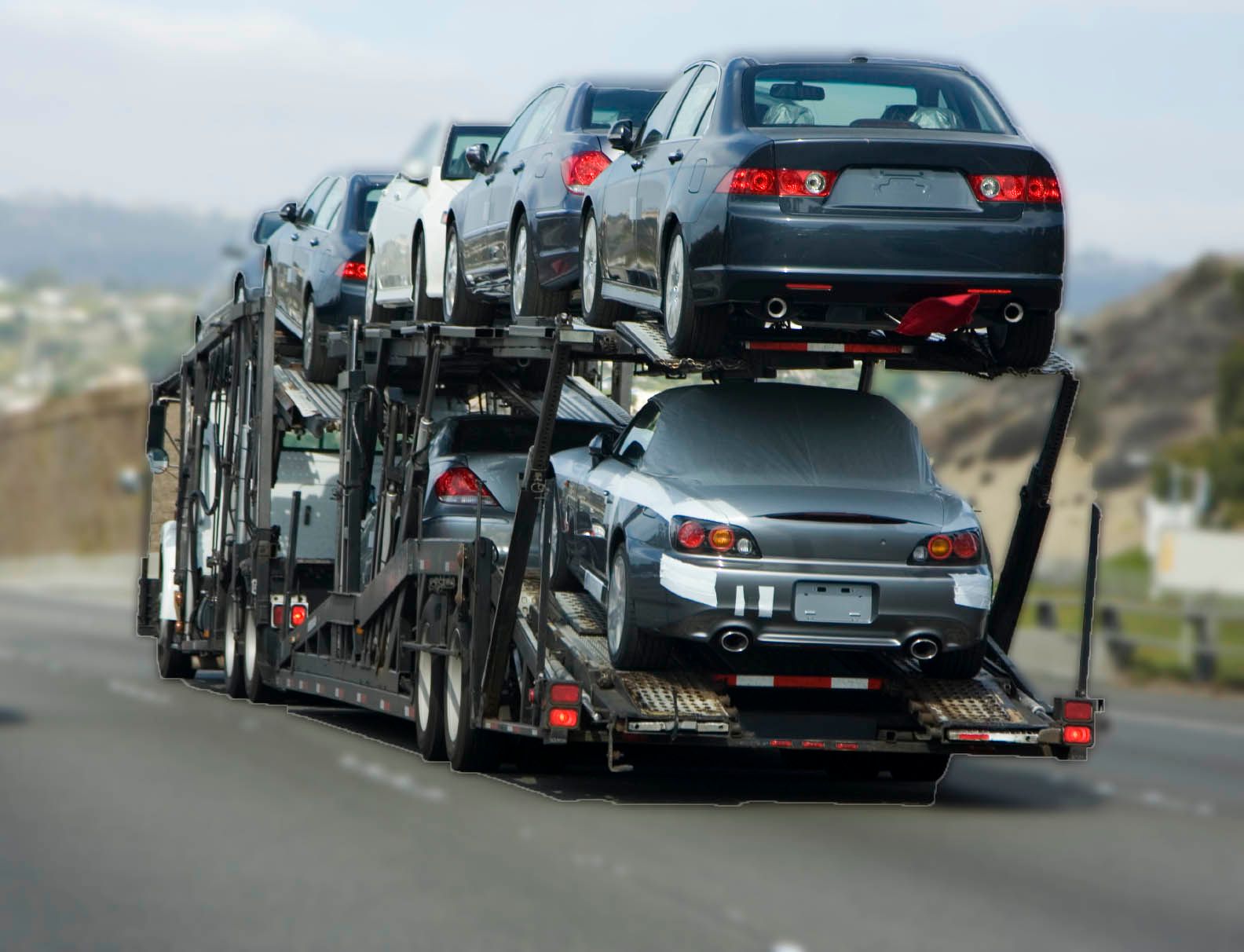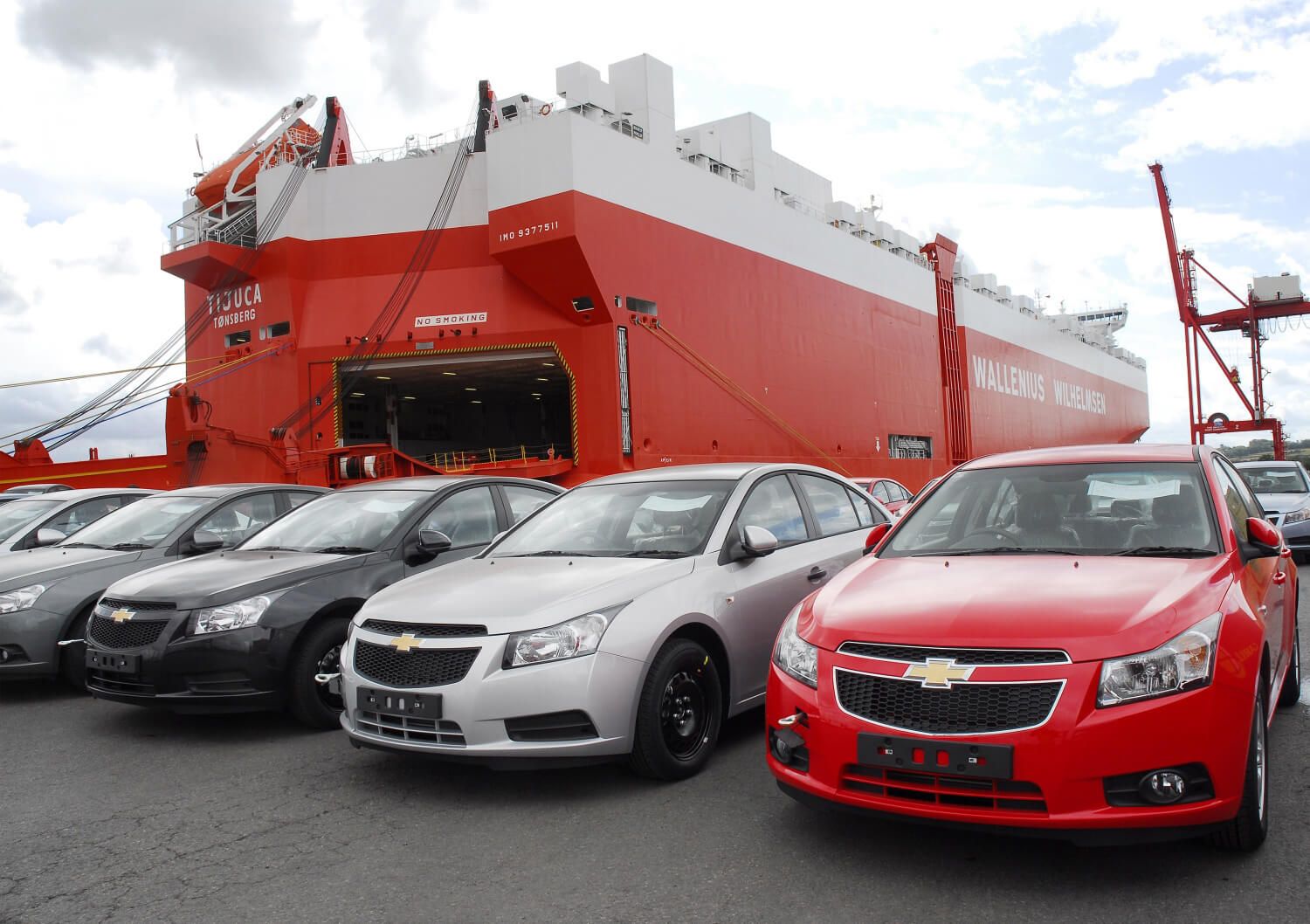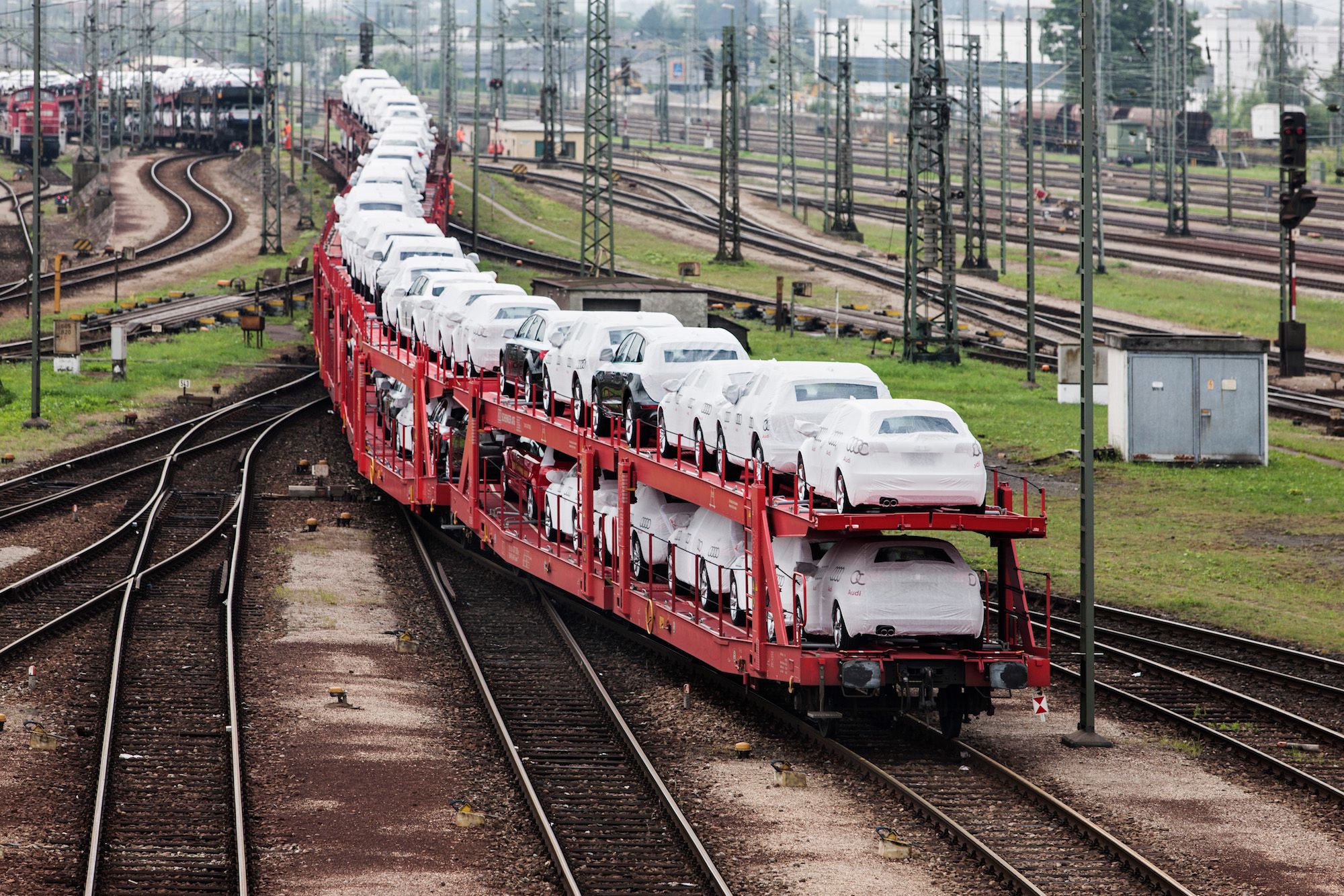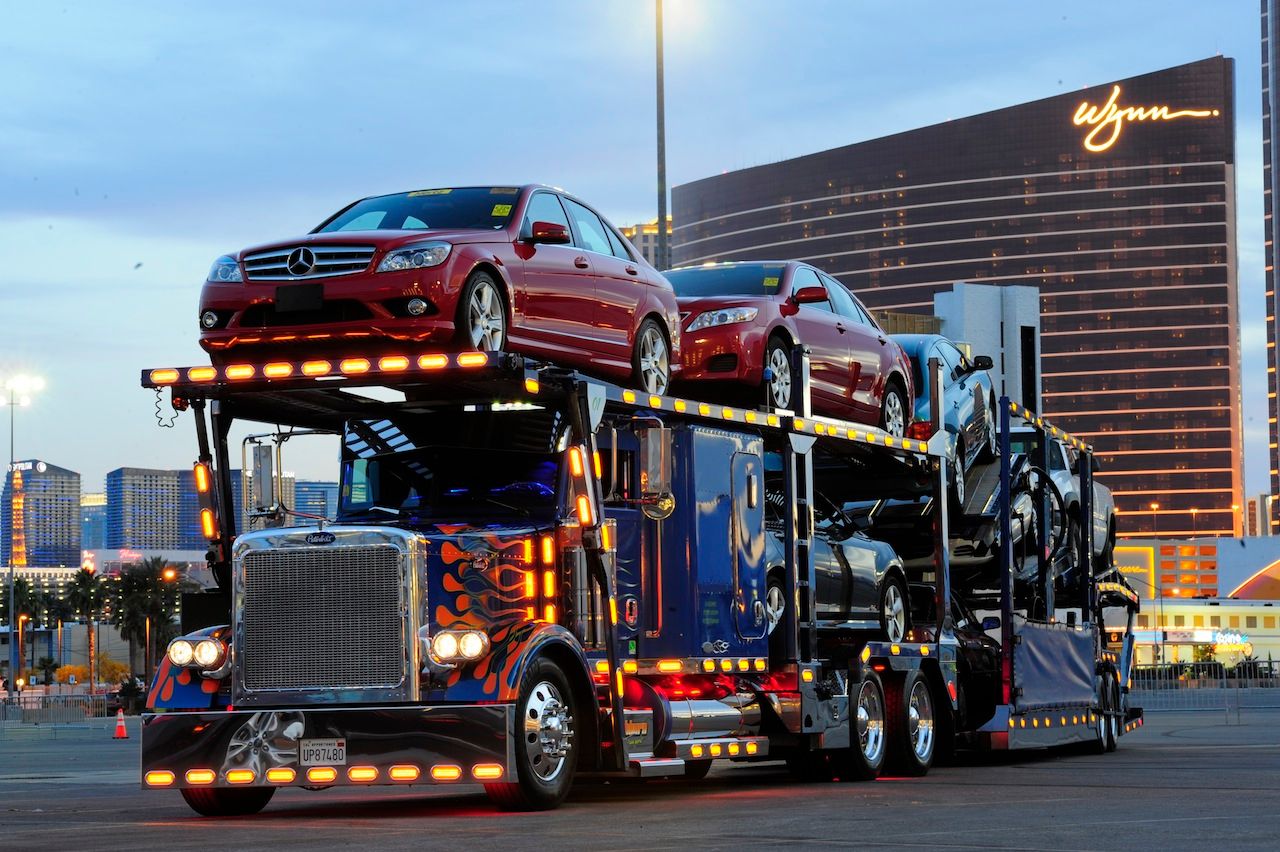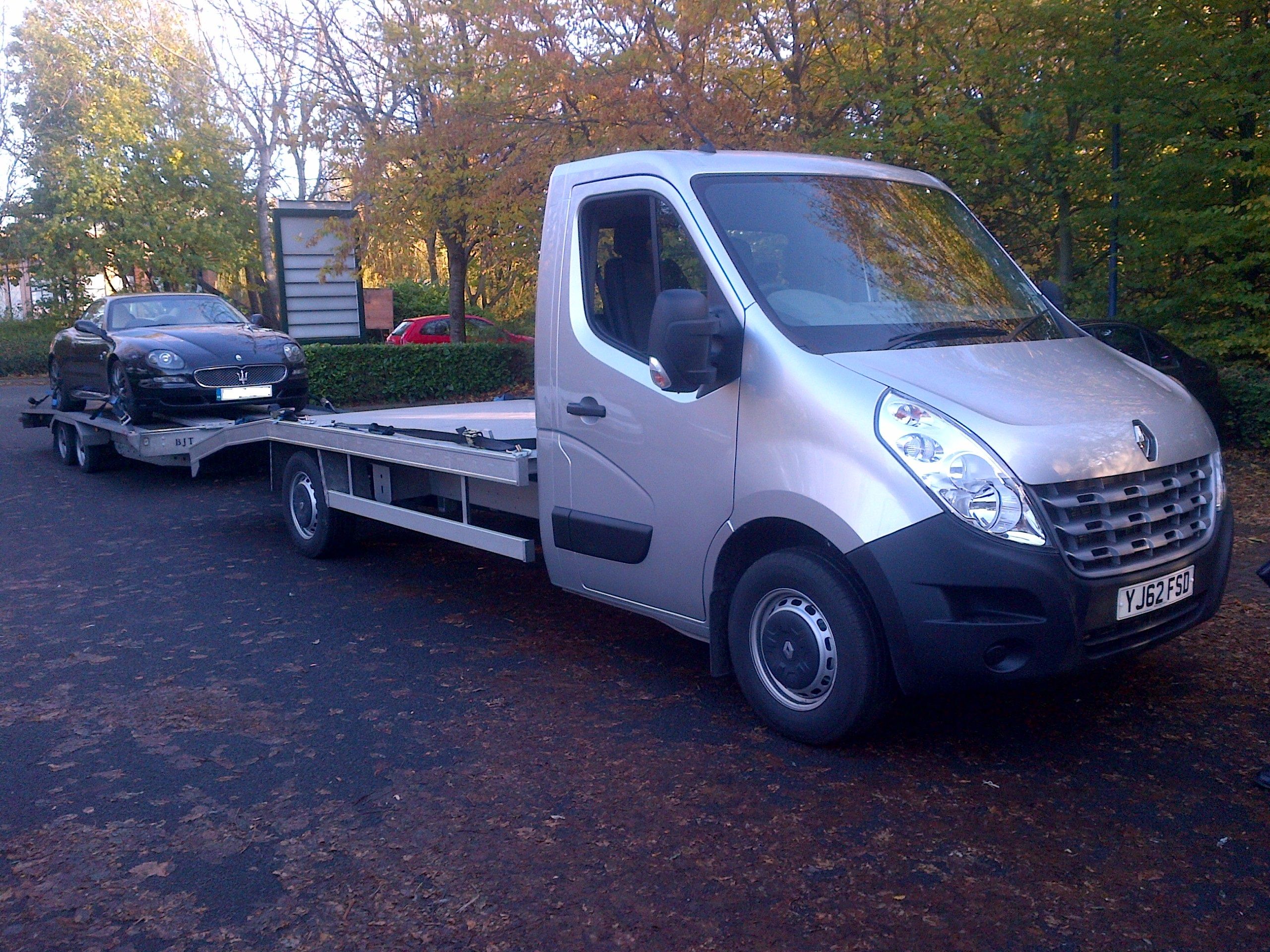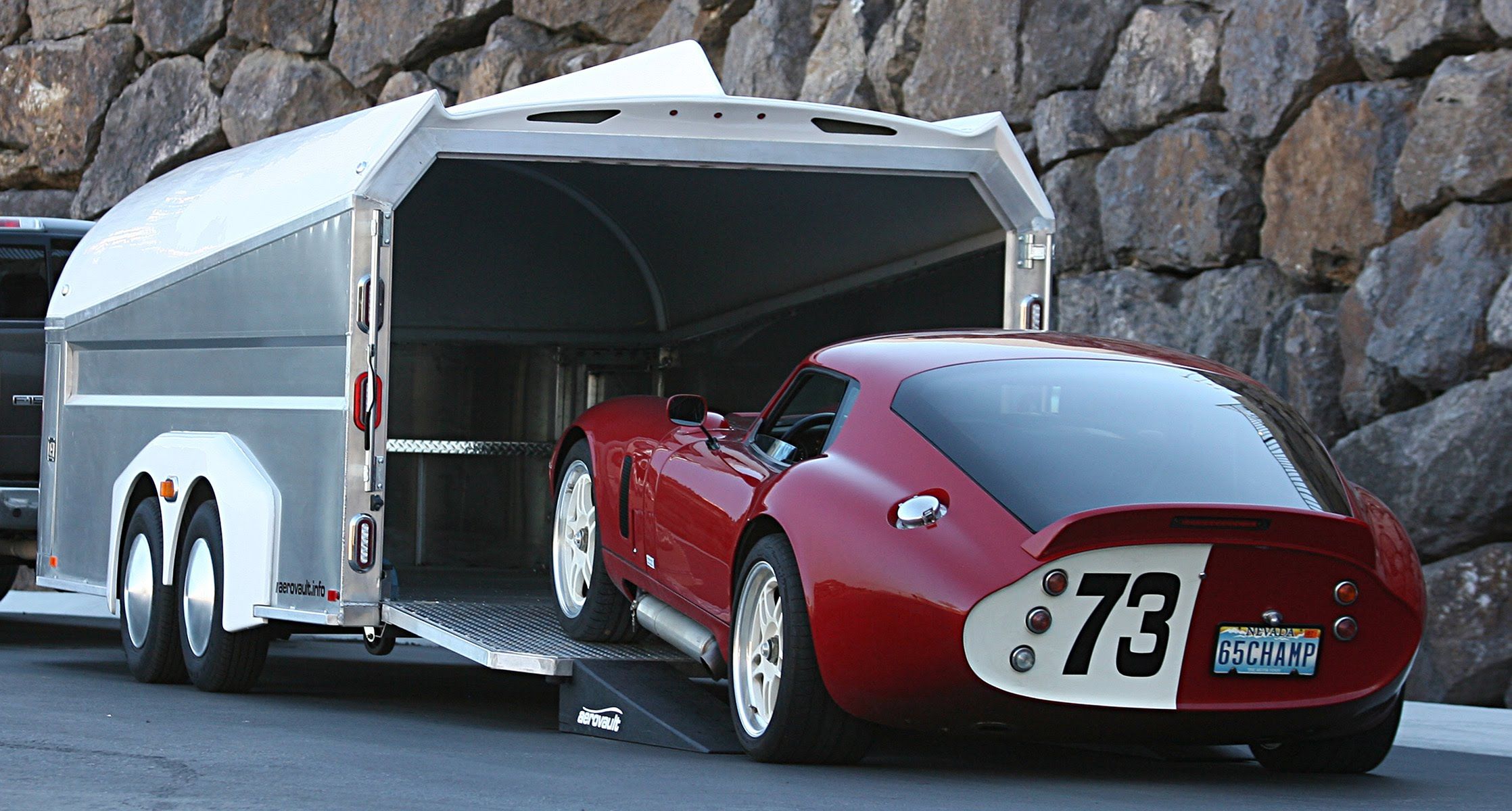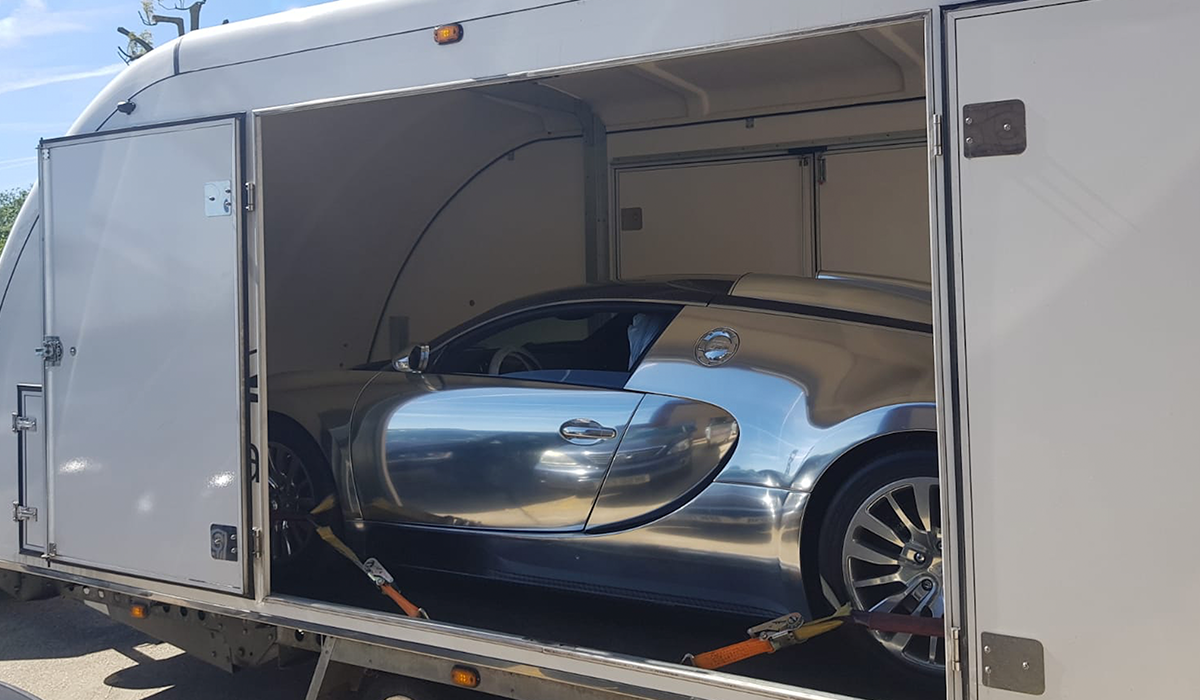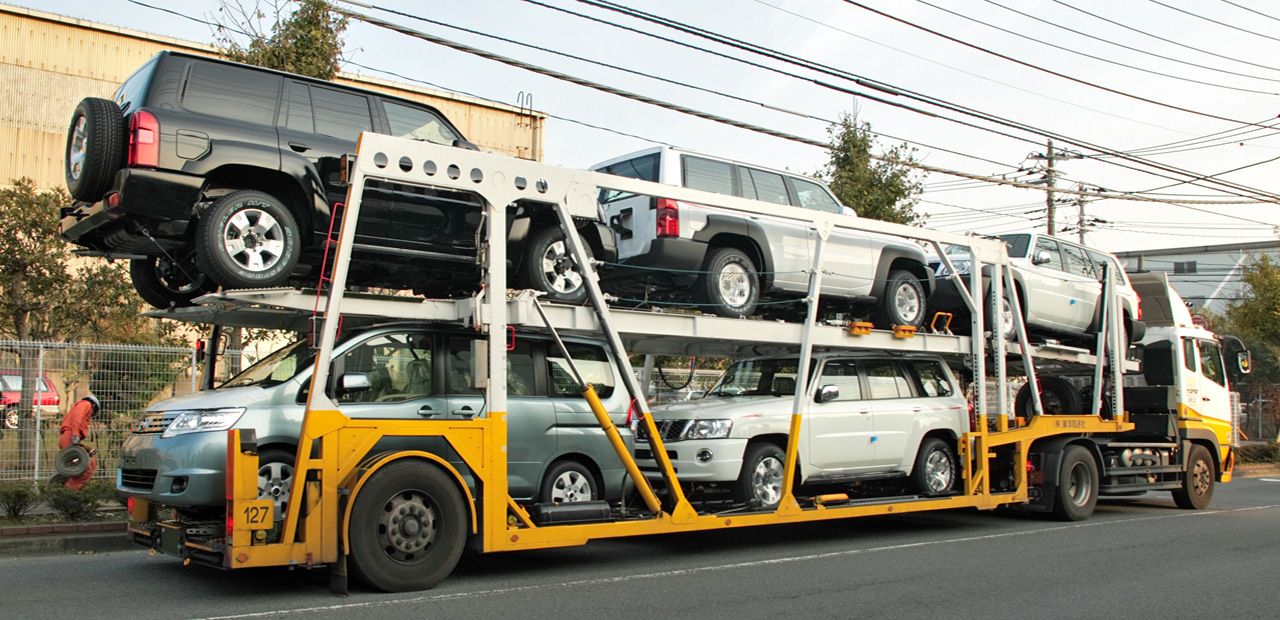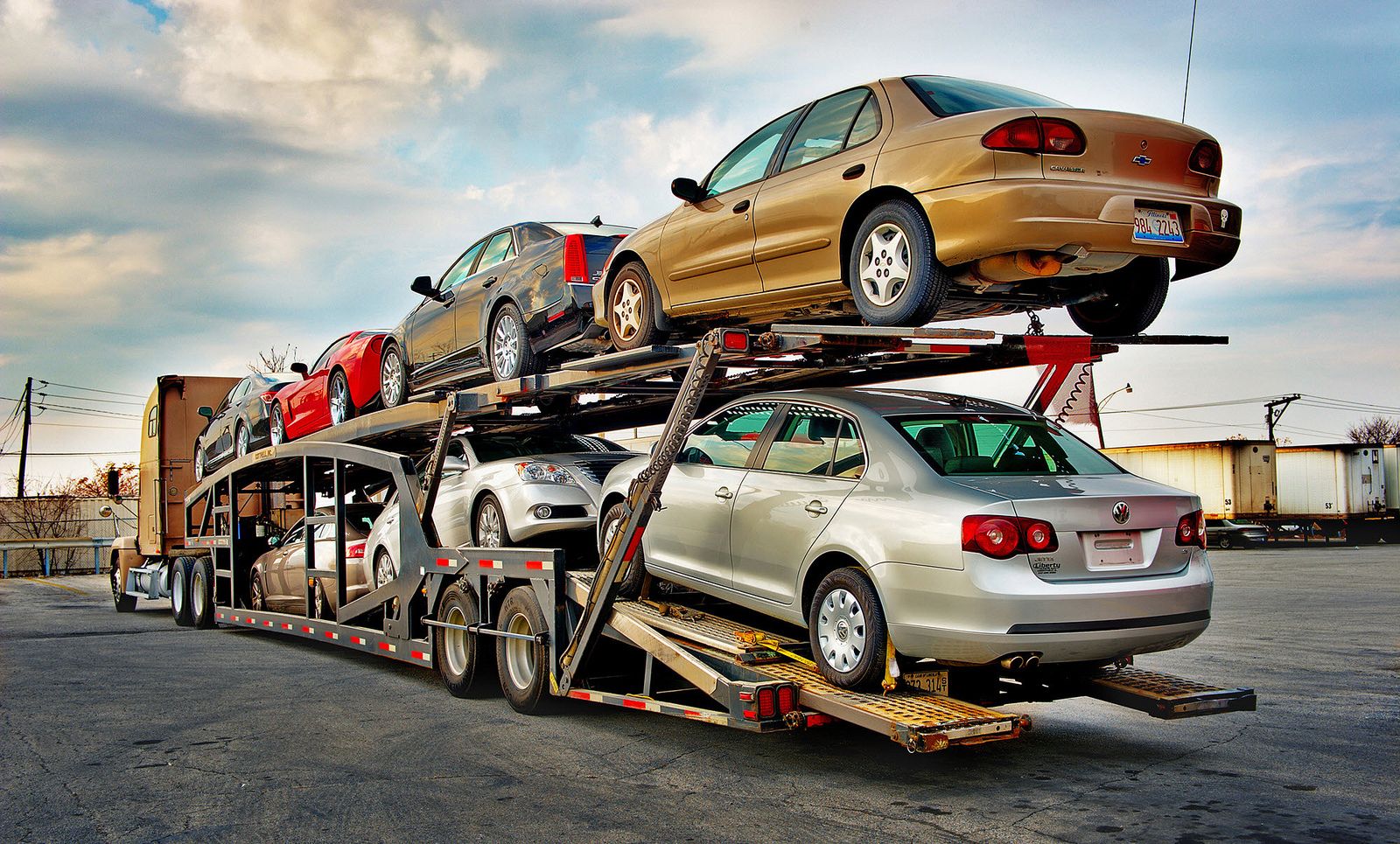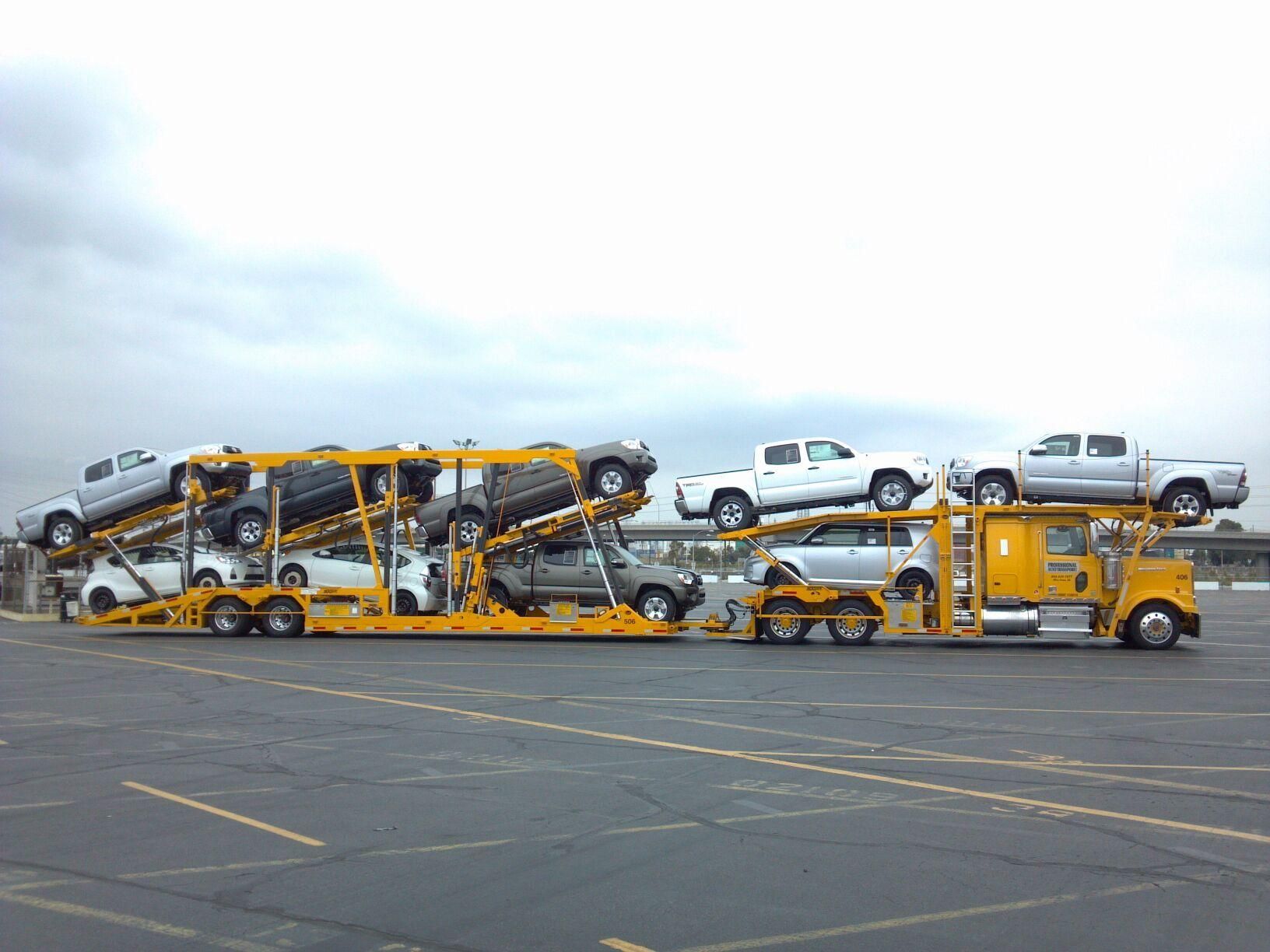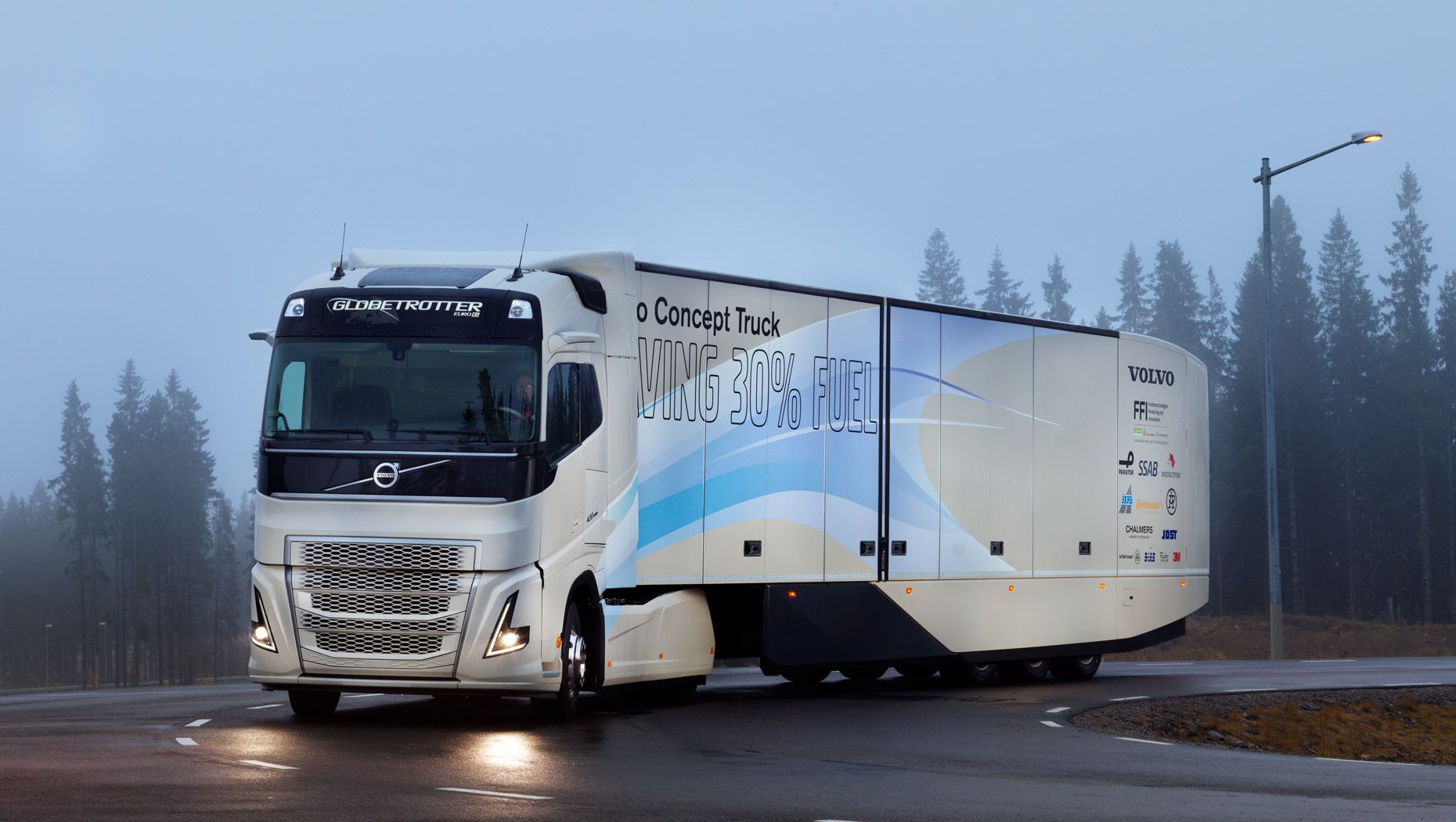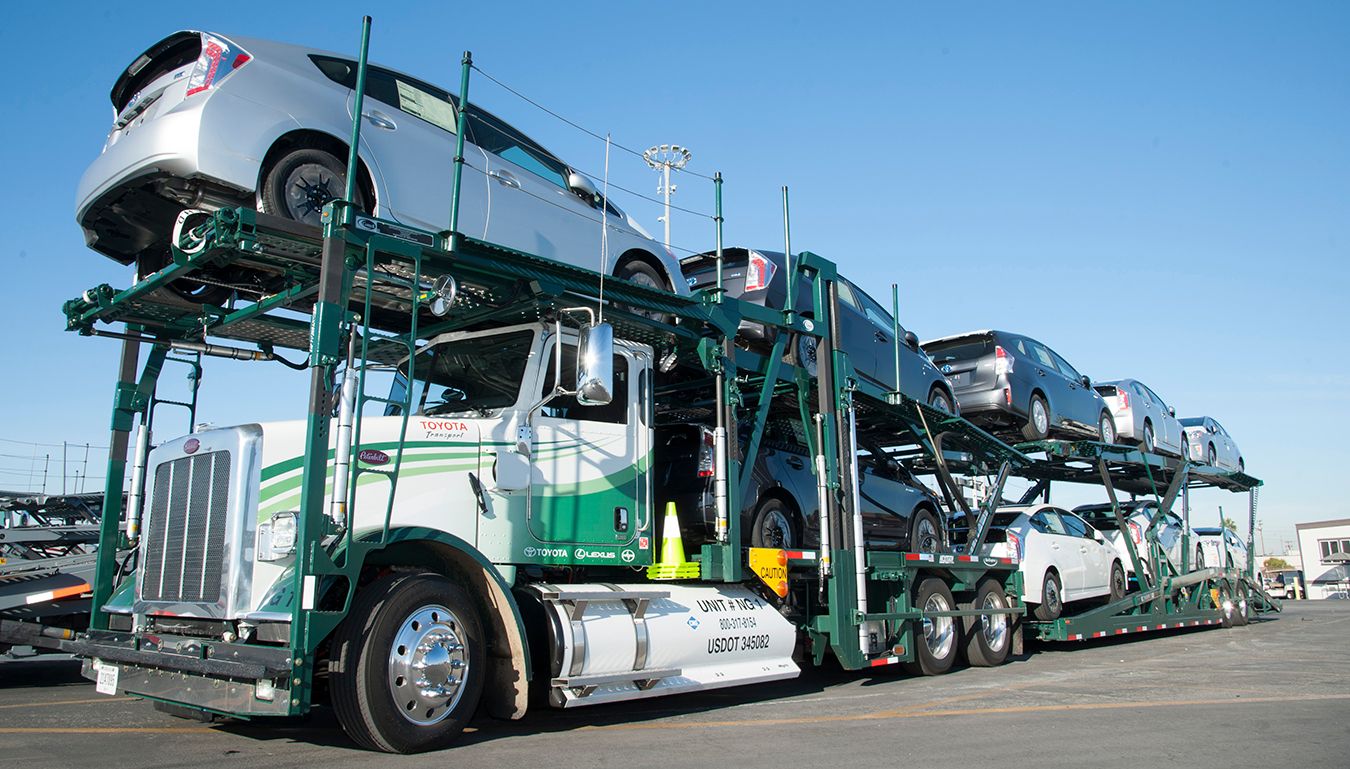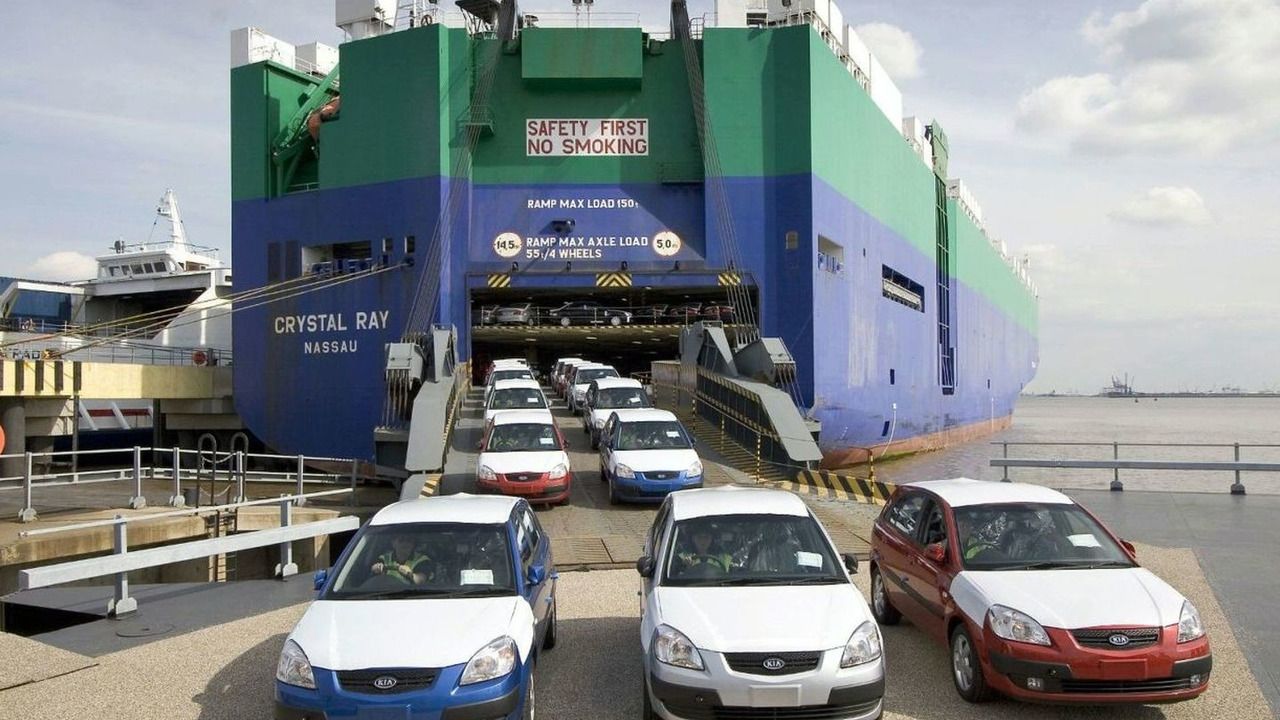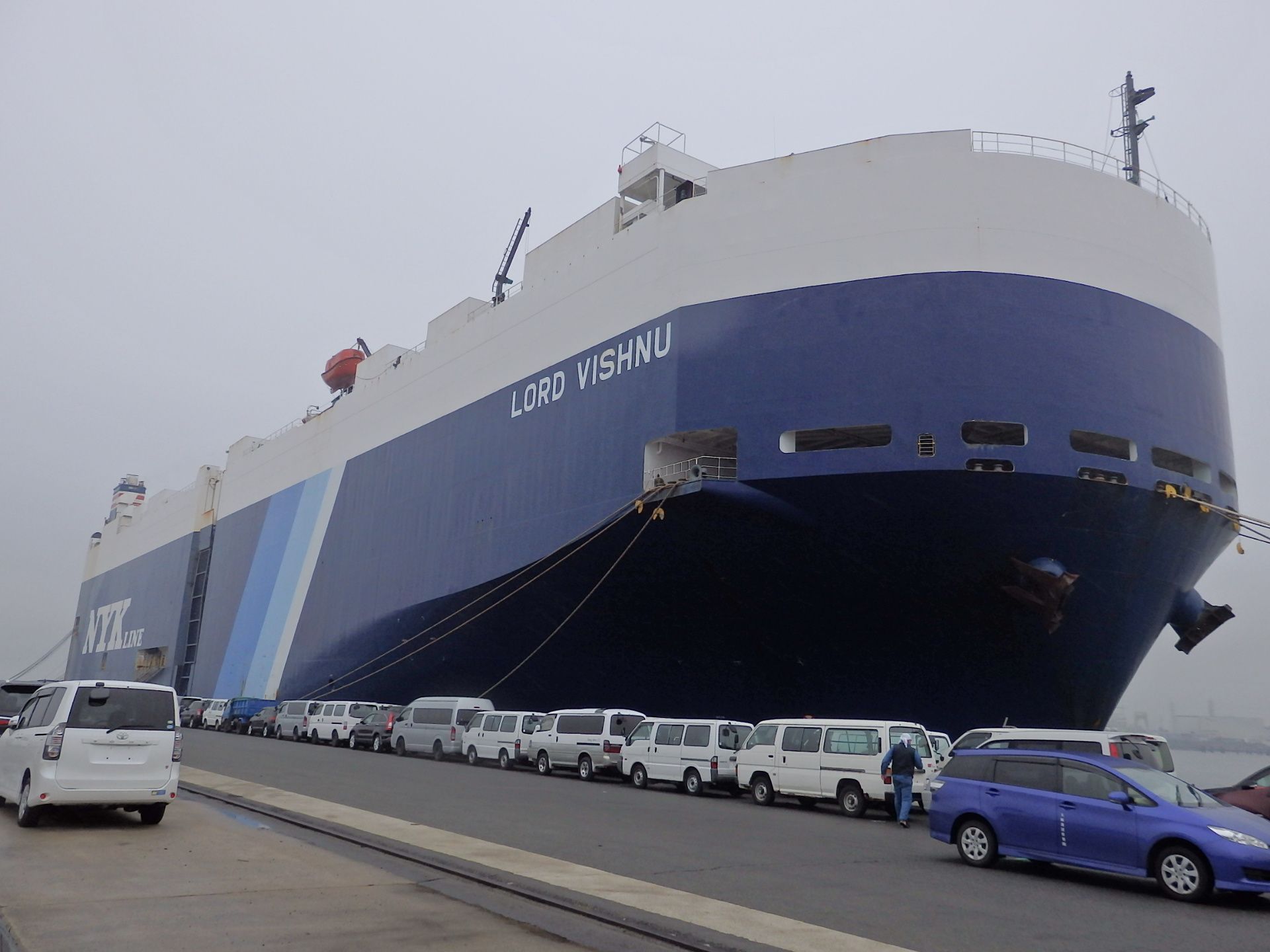It is a known fact that the auto transport business is driven by efficiency, convenience and a lot of hard work. Having in mind that a vehicle was made for transportation, it is kind of strange that the cars need to be transported, too. There are millions of cars that have to be transported by railroad, trucks or large ships each year, according to How Stuff Works. For example, a new car will not be driven to a dealership simply because the customer will count it as a used vehicle if it already has a number of miles on the dashboard. Because there are a lot of assembly plants throughout the world that produce cars, all of them have to be transported to each dealership that has made orders.
This kind of service is not cheap. In the past, there were automotive producers that chose to transport only a single brand and model of car on a single transport and they had to pay a lot for this to be possible. Nowadays, producers are trying to reduce the costs of car transport and they have started to approve the idea of more than one brand on the same transport. The competition between brands is huge and each one of them is struggling to become a top dog, but the most important thing is to deliver the cars to the customers on time.
Here are some facts most people don't know about how that becomes possible.
20 VIP Cars Are Sent By Airplane
Normal personal vehicles are not usually transported by airplane, but VIP ones can surely be. According to How Stuff Works, the limousines of leaders are carried by an Air Force C-5 Galaxy cargo plane when there is a scheduled trip outside Washington, D.C. This is only one obvious example.
Most exotic collector cars are also airlifted by plane because they are rare and the owner has the possibility to pay for this kind of transportation.
Air transport is definitely more expensive than by sea or by rail. Other exceptions are race cars and also unique concept vehicles that will appear in major auto shows.
19 Car Overboard Issue From 2006
According to How Stuff Works, there was a major incident in July 2006 with a car-carrying vessel, the Cougar Ace. It had almost capsized off the Aleutian Islands and it had remained tilted on its side for a whole month. The large ship was transporting 4,700 new Mazdas. The ship was rescued in the end, but the automotive producer could not sell those cars at all, not as new and not as used, even if the damage was not that bad. Security and safety measures are very important for this type of transport because the sums of money involved can be huge.
18 From Qatar To London For An Oil Change
There is an interesting story from July 2008 that should be remembered here. The Sun, a well known newspaper from London, published an article about a wealthy resident of Qatar and his Lamborghini LP640.
The facts stated that the car was transported by airplane to London for an oil change and the owner had paid $42,000 just for the transportation, according to How Stuff Works.
The actual service bill was for only $6,500, but the impact of the news was huge. A 6,500-mile weekend trip for an oil change is not something a person can forget of hearing. However, if the owner had no choice, everyone would have understood the situation.
17 The Andromeda Leader Shipping Giant
The Andromeda Leader is a perfect example of a modern car carrier. It is operated by a shipping giant in Japan, the NYK Line. Launched in 2004, when the automotive industry was in its best moments and every transport company was struggling to keep up with the great number of demand from the automakers, it was designed with a massive cargo capacity and was the length of two football fields, according to the NY Times. The ship has the maximum dimensions that can fit through the Panama Canal locks, more precisely 105 feet in width. Its main job is to deliver Toyota, Lexus and Scion models into the US.
16 A New Car Will Always Be Delivered And Not Driven
Imagine buying a car that has already driven 2,000 miles on its four wheels from the factory to the dealership. It was already used by someone else, driven a number of miles and so on. It is not a new car anymore. This is one reason why the cars are transported on trucks or ships from the plants to the dealership. According to How Stuff Works, Ford Motor Co. from has got 13 plants that are able to produce 2.5 million cars, SUVs and trucks sold afterwards in 4,000 dealerships.
Each dealer choses specific vehicles from each factory and no mistakes are allowed.
They are loaded on trailers or on whatever is necessary and transported to each destination.
15 The Transport Of A Car Costs A Lot
For each new vehicle transport, an automotive producer spends billions of dollars. However, a large part of this cost represents the “destination charge”, a tax that is paid by the customer. It can be found on each new car on the windshield as a sticker or Monroney label, according to How Stuff Works. The actual cost of the transport made from the factory to the dealership is not actually reflected in this tax because they received a nationwide average for each product type through proprietary formulas. This can only mean that, even if an SUV costs more than a small compact car, the tax for both of them remains the same whether the vehicle was taken one mile or 1,500 miles from the factory.
14 Delivering Cars On The Sea
The second possible method for a clean and safe vehicle transport is by sea or ocean, therefor by ship. Those huge car-carrying ocean vessels have the possibility to transport approximately 8,000 vehicles, but not all of them, according to How Stuff Works. A large number of those ships can hold only 4,000 or a maximum number of 5,000 vehicles in the same time. This is the way all foreign-built cars, SUVs and trucks can enter the US. Even if the cars come by ship, they are taken to the dealer by rail or truck afterwards. It takes quite some time, but it is the most efficient over-the-ocean type of transport.
13 Cars Delivered On Rails
Everyone surely remembers the train heist from Fast Five, the fifth part of The Fast and Furious franchise. In real life, cars are not delivered by rail like that. According to How Stuff Works, approximately 65 to 70 percent of the known number of new cars, trucks or SUVs sold in the US are travelling by train before they end up on an 18-wheeler auto transport tractor-trailer takes them to the dealership.
Rail transport is used when the distance is greater than 250 miles because it is cost effective, but there are also destination limitations to consider.
The cars are carried by a special type of rail car: auto racks with two or three decks and the possibility to transport 20 vehicles.
12 Truck Deliveries
There are no new vehicles that have never travelled by truck. Even if they are brought by ocean vessels, by airplane or by rail, in the end they are carried by a special equipped truck to the final destination: the dealership. However, there is no rule that states that a car transport truck will only carry new cars. They are also transporting used cars from one country to another or personal cars if the contract says so. Nowadays, a tractor-trailer auto transporter is able to carry a maximum number of 12 vehicles. The rigs of the tractor-trailer have hydraulically operated ramps that can be raised or lowered in order to clear the vehicles situated under it when the trailer is completely loaded or to help with the loading at the beginning, according to How Stuff Works.
11 High-End Race Car Transporters
Racing teams often use a high-end special race car transporter to carry their vehicles from one race to another. These specially designed vehicles are custom-built aluminum trailers with two enclosed decks and they are usually used by Indycar and NASCAR teams, according to How Stuff Works. While the upper deck is used to store a maximum of two cars, raised with an electric lift gate, the lower deck can be used as a workshop with power tools and storage cabinets. These type of transporters can also offer the possibility to install a lounge for the driver and the crew. It is amazing how technology can make life easy.
10 A Personal Auto Transport Situation
There are a few reasons why people decide to transport their own vehicles with an auto transport company: students that choose to go to a college that is far away from home, corporate relocation, families that are moving from one part of the country to another or those families that move to the Sun Belt during the winter.
In some situations, the transport company and the broker that does the legwork are contracted only once, but some people do it more often if they travel a lot for long distances.
However, some people (car enthusiasts or collectors) chose to buy their own tow vehicle with trailer, according to How Stuff Works.
9 The Orca Lightweight Trailer
A personal car trailer is not too aerodynamic. Because of this issue, the famous racer and designer Pete Brock, that designed and imagined the Shelby Daytona coupe, thought of an interesting idea to solve the problem. He created a sleek and lightweight aluminum trailer with special aerodynamic qualities. Its form, from the front to the back and its sides, along with its bottom, were created based on race car fundamentals, with the idea of reduced drag while it was towed, according to How Stuff Works. The name Orca was given based on the dorsal fin design borrowed from the Bugatti Atlantique.
8 Safety And Security For Auto Transport
It is known that things can happen during a transport, but the automotive industry transportation seems to be remarkably efficient and safe, according to How Stuff Works. However, the main incidents that can occur are due to human error and not because the equipment fails. There were a few problems with auto carriers that sunk: November 2002 – the Hual Europe burst into flames during a typhoon with 3,700 vehicles on board; December 2002 – the Tricolor sunk with 2,000 luxury vehicles on board after it was damaged by another ship; May 2004 – the MV Hyundai No. 105 sunk with 4,200 vehicles on board after it was hit by another ship. Incidents can happen on the railroad or on the highways, too.
7 Automakers Paid More To Deliver A Single Brand
It was a time when the automotive producers did not want to hear about sharing their space on a trailer with other brands. They wanted exclusiveness and this decision did not come cheap, according to How Stuff Works.
A half-filled trailer or a rail car with fewer vehicles on it represented a waste of money and fuel for the transport companies as well.
However, in the meantime, automakers understood that filling a rail car or a trailer was a more efficient way to transport vehicles and a great collaboration was born from this idea. The real competition is within the dealerships, not on the highway.
6 A Future Network For Car Transporters
The future looks good based on the technological predictions. It seems that officials would like to have a better network of car transporters, something similar to the airline system, according to How Stuff Works. A hub-and-spoke complex network would be a perfect choice based on cellular technology and improved GPS. In this case, dispatchers could monitor rail and truck movements better and the communications would be more accurate for pickups and deliveries. Computer modelling and GPS are also very important for more efficient travel routes along with fuel savings and improved on-time deliveries. Everybody is satisfied when there is a strong and efficient communication between both sides.
5 No Dramatic Equipment Changes
According to How Stuff Works, there will not be dramatic equipment changes in the future. It may be possible to see larger car-carrying ships, but the auto-transport trailers will not be bigger because of the highway regulations. However, the new designs will offer improved ramp controls, more protective measures with additional clearance and padding to be able to reduce the damage chances. These cannot be counted as dramatic changes, but they will make transport easier. Even if the carrying equipment is heavy, there will be measures taken to reduce the fuel consumption for a more efficient transport. This is a very important industry, mainly because it is the last ring that completes the automotive industry chain.
4 Hybrid And Electric Trucks Will Carry Cars
Technology has evolved a lot in the last few years and the auto transport industry has to embrace this fact. The officials have already started the “getting green” process for the big rigs.
They have received biofuels, clean diesel engines and also improved exhaust treatments.
However, in the future, there will be next-generation hybrid truck models equipped with electric-motor assist, like the Toyota Prius, according to How Stuff Works. The system will work like this: the electric motor will offer assistance for low-speed driving and acceleration, while the diesel engine will offer the needed power for an efficient cruising on the highway.
3 A Tractor-Trailer Is Huge
To be able to carry up to 12 cars, a tractor-trailer has to be big. However, they are still limited in size in the US, according to How Stuff Works. The rules state that a big rig should not have more than 13.5 feet in height while it is loaded when it passes the states from the eastern part of the country and no more than 14 feet in height in the western part. The complete length of the vehicle is also limited to 75 feet with three of overhang for the front and four feet of overhang for the back. The total weight of the vehicle cannot be over 80,000 pounds when it is fully loaded.
2 The Way Cars Are Delivered By A Carrier Ship
As mentioned before, a dedicated car-carrier ship can transport approximately 8,500 vehicles organized on 13 decks. Each car is tied firmly to the steel floor, side by side with the next one. Each deck looks like a Tokyo subway station at rush hour, according to NY Times. However, these gigantic sea monsters complete the delivery tasks perfectly because they can carry anything, from little cars to huge excavators due to their sizes. There is plenty of room for everything, mainly because the vehicles are loaded with tiny distances between them. Despite this fact, each deck is especially designed to receive certain cars with certain dimension, so no car is left behind.
1 Car Deliveries Can Take A Long Time
A car delivery cannot be completed in a few days when it is being transported from across the ocean and from another country. It takes quite some time from the moment it gets out the factory and is being loaded on the ship, airplane, rail or truck until it arrives at the dealership. If the transport implies almost all the types of car-carriers, then the waiting time will be longer. However, one has to admin that the new technologies have simplified a lot the car transport and it is a lot easier and faster to deliver a vehicle nowadays. The future will bring more and more surprises.
Sources: HowStuffWorks.com, NYTimes.com, Motor1.com

